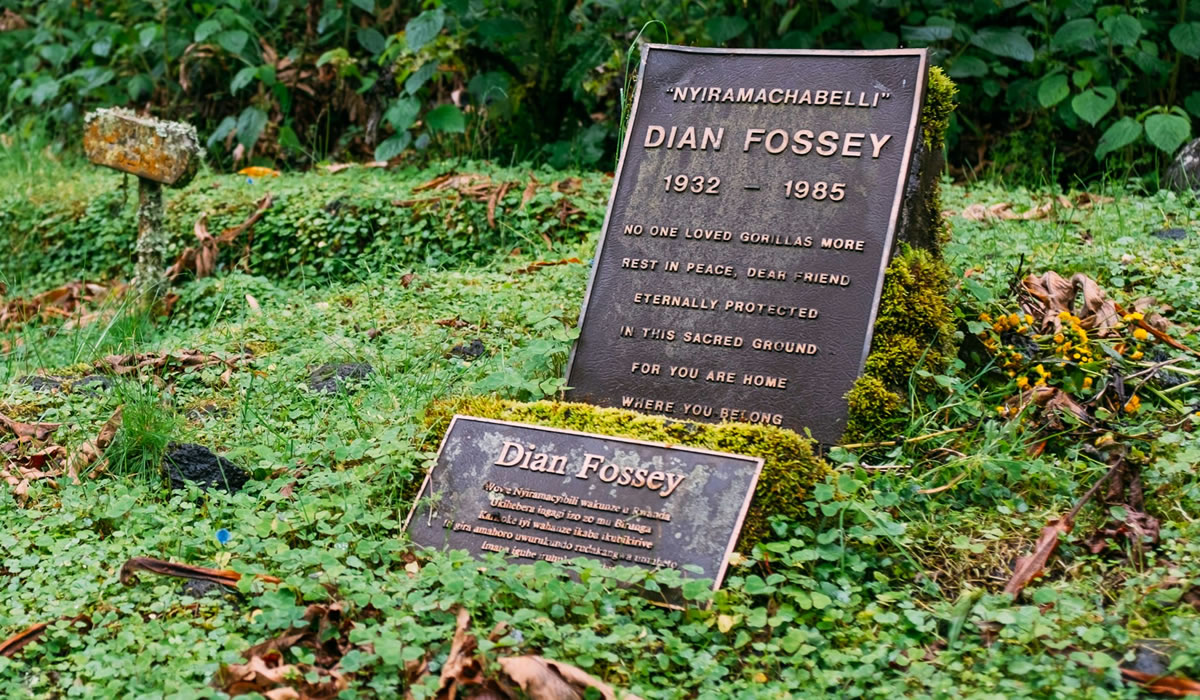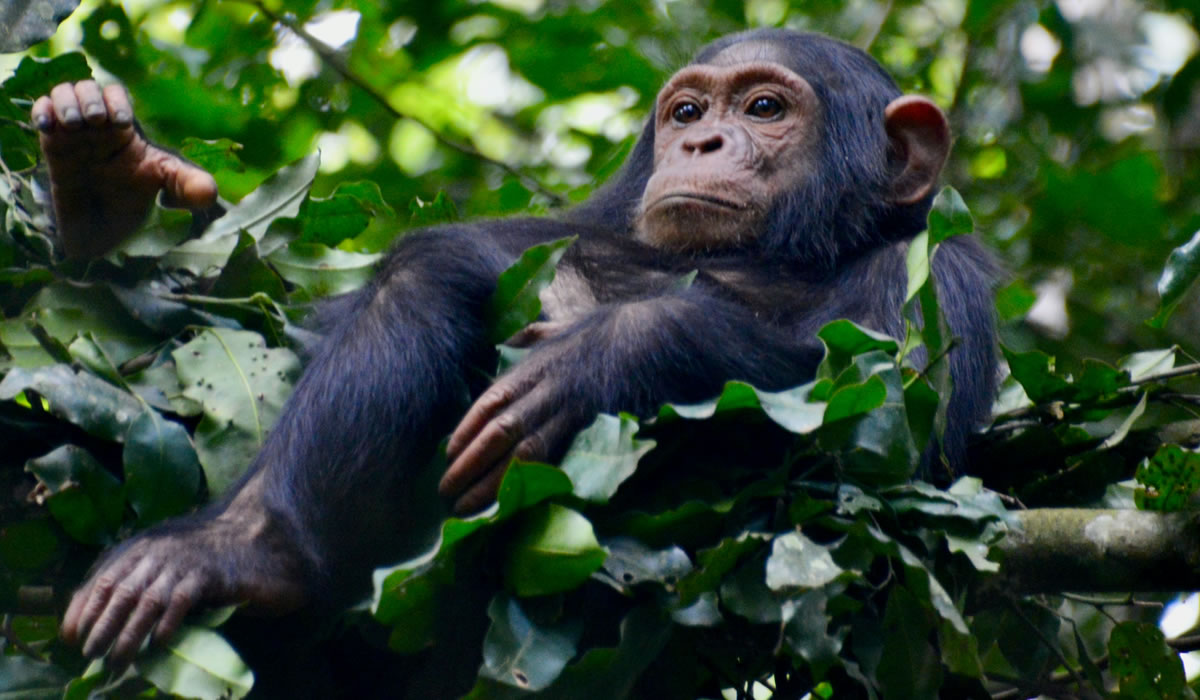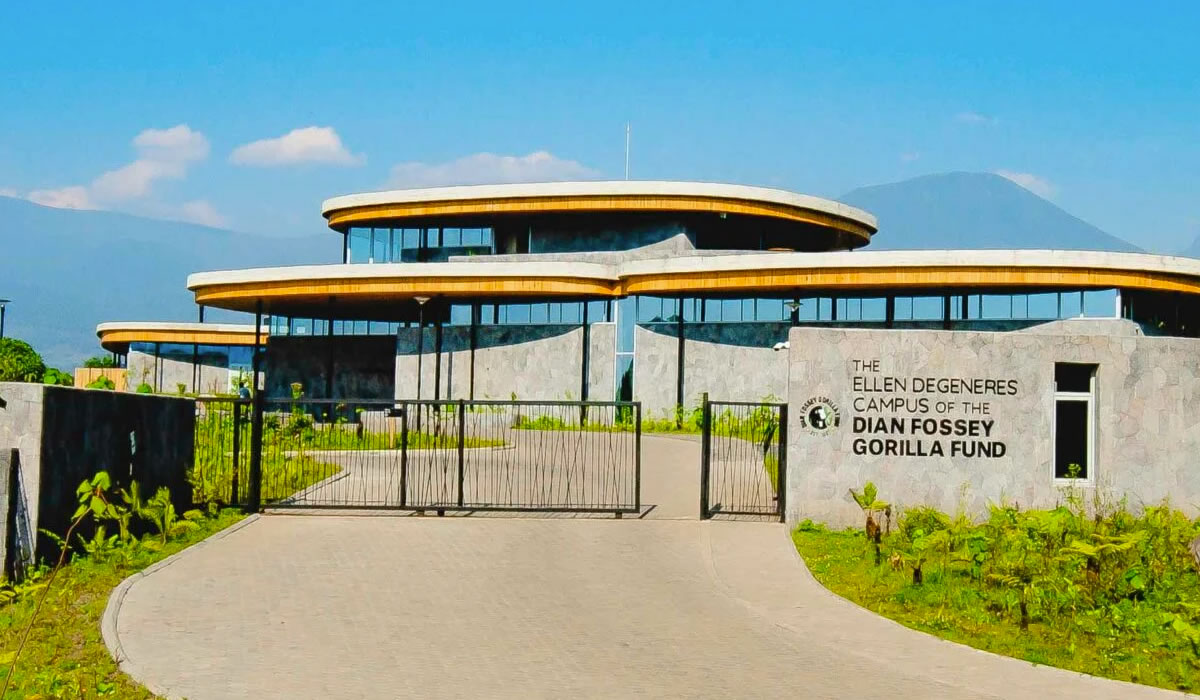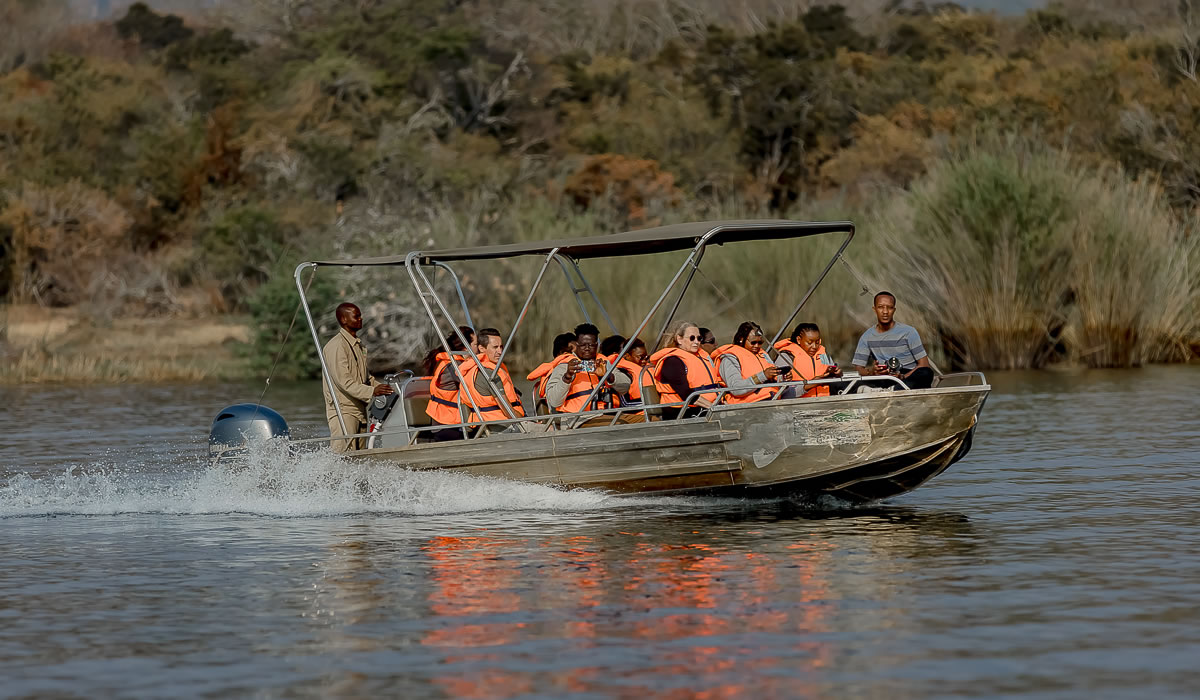Nyungwe Forest National Park, located in the southwestern region of Rwanda, is a pristine and…

Hike to the Dian Fossey Grave in Rwanda
Tucked within the lush, misty slopes of Rwanda’s Volcanoes National Park lies a quiet clearing, a place that honors one of the most influential conservationists of the 20th century. This is the final resting place of Dr. Dian Fossey, the American primatologist and researcher whose tireless efforts to protect the endangered mountain gorillas of Central Africa changed the course of wildlife conservation forever. The hike to the Dian Fossey Grave is not just a journey through one of the most beautiful landscapes in Africa; it is also a pilgrimage to a site of profound historical and ecological significance. This trek is both an emotional and physical experience, one that connects hikers with Rwanda’s rich natural heritage and the legacy of a woman who gave her life for the preservation of one of the world’s most endangered species.
The trail to the Dian Fossey grave site begins in Volcanoes National Park, located in Rwanda’s Northern Province, near the town of Musanze (formerly Ruhengeri). The park is globally renowned as one of the last remaining refuges of the critically endangered mountain gorillas. It is also home to five of the eight volcanic mountains that make up the Virunga range. The hike itself starts at the Kiningi park headquarters, where visitors meet with park rangers and guides for a briefing before being transferred by vehicle to the trailhead at Bisate Village.
The Dian Fossey Tomb Trail is a moderately strenuous trek, ascending to an altitude of around 2,900 meters (9,500 feet). The hike typically takes about 1.5 to 2 hours one way, depending on the fitness level of the group and trail conditions. The total round trip averages 3 to 4 hours, with additional time spent at the site. Though it is shorter and less demanding than climbing Mount Bisoke or Karisimbi, the hike still involves navigating muddy, often steep terrain through dense vegetation, especially during the rainy seasons. Hikers are advised to wear proper hiking boots, bring rain gear, and be prepared for unpredictable weather, as the Virunga Mountains are known for sudden mists and showers even during the dry season.
As hikers move deeper into the forest, the air grows cooler and damper. The trail meanders through bamboo forests and hagenia-hypericum woodlands, ecosystems that are as enchanting as they are biodiverse. This region is teeming with wildlife, and while the focus of the hike is Fossey’s legacy, lucky hikers might also catch glimpses of golden monkeys, forest elephants, or even a family of mountain gorillas from a distance. The quiet is punctuated only by birdsong, rustling leaves, and the distant calls of primates, creating a deeply immersive natural experience.
Reaching the Karisoke Research Center site, where Dian Fossey lived and worked for nearly two decades, is a moment steeped in reverence. Fossey established the Karisoke Research Center in 1967, strategically placing it between Mount Karisimbi and Mount Bisoke, hence the name “Karisoke.” It was here that she conducted groundbreaking research on mountain gorilla behavior and social dynamics, dispelling long-held myths that these primates were aggressive or dangerous. Her work redefined the world’s understanding of gorillas and highlighted their intelligence, familial bonds, and vulnerability.
Visitors arriving at the site are first introduced to the remains of Fossey’s original research station. Though much of the infrastructure has been reclaimed by the forest over the decades, stone foundations and rusting relics still hint at what once was a pioneering field camp. Interpretive signs explain the significance of the structures, including the location of her original cabin, the staff quarters, and makeshift laboratories. Walking through these ruins, one can almost hear echoes of the past, researchers jotting down observations, gorillas grunting in the nearby foliage, and Fossey herself, fiercely protective and passionately dedicated.
The most poignant part of the hike is the cemetery, a small, well-tended enclosure where Dian Fossey is buried alongside many of the gorillas she studied and loved, including Digit, one of her favorite silverbacks. Digit was killed by poachers in 1977, a tragedy that galvanized Fossey to launch an anti-poaching campaign that would later become the foundation of modern gorilla conservation in the region. Fossey was herself murdered in 1985 under still-mysterious circumstances, widely believed to be a targeted killing by those opposed to her conservation efforts. Her tombstone, inscribed with the simple words “No one loved gorillas more”, rests under the cool shadow of tall forest trees, surrounded by the very beings she fought to protect.
Standing at the gravesite is an emotional experience for many visitors. It offers a moment to reflect not just on the life and death of Dian Fossey, but on the fragile line between nature and humanity. Her sacrifice serves as a sobering reminder of the real and often dangerous work involved in conservation. Yet, it also represents hope, hope that one person’s dedication can spark a global movement. Thanks to her legacy, the mountain gorilla population, once on the brink of extinction, has been slowly increasing. Conservation programs, tourism revenue, and community education have all played a role in this recovery, and Fossey’s vision continues to inspire future generations.
In recent years, the Dian Fossey Gorilla Fund has expanded her work through a modern research and education facility near the original Karisoke site. While the new Karisoke Research Center is not located on the mountain trail itself (it now operates out of Musanze), it continues to conduct field research, monitor gorilla families, and educate local and international communities on conservation best practices. Many hikers choose to visit the center before or after their trek to the grave, making for a holistic journey through Rwanda’s conservation landscape.
The hike to the Dian Fossey grave is not merely a nature walk, it is an immersive educational and historical encounter. Unlike the more famous gorilla trekking tours that focus on wildlife observation, this hike draws attention to the human element of conservation: the struggles, triumphs, and sacrifices involved in saving a species. It’s suitable for travelers who have a deep interest in wildlife, history, and environmental stewardship. Whether you are a student of primatology, a lover of nature, or simply someone moved by the story of Dian Fossey, this trek offers insight and inspiration in equal measure.
Permits for the hike can be obtained through the Rwanda Development Board or arranged via tour operators. As of recent guidelines, the hike costs $75 per person, which includes the services of a professional guide. While it is possible to book on arrival at the park headquarters, advance reservations are strongly recommended, especially during the peak travel seasons (June to September and December to February). Tour operators can also arrange transportation, accommodation, and optional add-ons like community visits or canopy walks in nearby Nyungwe Forest.
For accommodations, the nearby town of Musanze offers a wide range of lodging options, from budget guesthouses to luxury eco-lodges such as Sabyinyo Silverback Lodge, Five Volcanoes Boutique Hotel, and Virunga Lodge. These lodges often work closely with local communities and conservation organizations, allowing guests to contribute to sustainable tourism initiatives.
When planning your trip, consider spending more time in the region. The Northern Province of Rwanda is rich with activities, from canoeing on Lake Burera to visiting the Iby’Iwacu Cultural Village, where you can learn about Rwandan traditions, music, and daily life. Combining the Fossey hike with gorilla trekking, birdwatching, or volcano climbing makes for a well-rounded and meaningful Rwandan adventure.
Ultimately, the hike to Dian Fossey’s grave is more than a physical journey, it is a walk through history, nature, and the enduring spirit of conservation. It stands as a tribute to one woman’s indelible mark on the world and invites all who tread that quiet forest path to carry her message forward: that every life matters, and that the fate of our planet lies in our willingness to protect its most vulnerable inhabitants.




